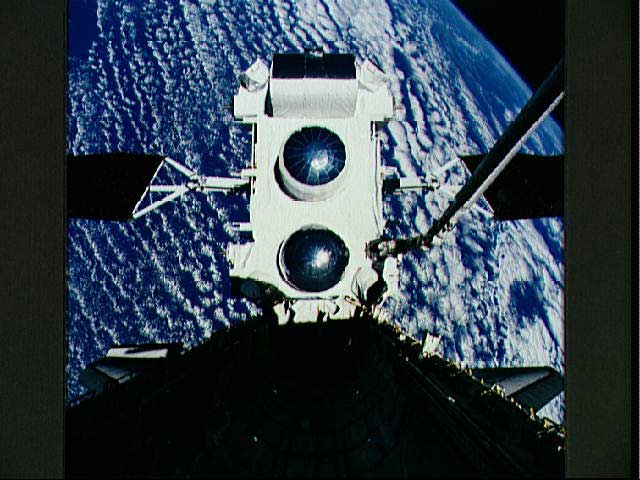Roger Forsgren
When Congress established NASA under the Space Act of 1958, it realized that the new Agency created to answer the Cold War challenge of Sputnik needed to be a fertile ground for scientific and engineering ingenuity. In order to encourage that creativity, they authorized the Inventions and Contributions Board (ICB) and included it in the legislation that created NASA.
The ICB recognizes and rewards the technological inventiveness of NASA employees and NASA contractors. By doing so, it helps to energize the creative spirit that has made NASA the premier engineering organization in the world. The Board reviews and makes recommendations about the significance of each application for award. In 2005, we received 771 applications from individuals and groups and gave monetary awards totaling nearly $1.8 million to 2,628 individuals.
To become a member of the Board, one has to be recognized as an expert in his or her field and be nominated by a center director. To maintain our objectivity in evaluating applications, we seek to have each center represented. The NASA Chief Engineer, Chris Scolese, chairs the Board.
To reward NASA’s engineering excellence and stimulate creativity, the ICB provides four separate Space Act Awards: Board Awards for innovative projects, Patent Awards for inventions, Software Awards, and Tech Brief Awards for ideas accepted for publication in Tech Briefs Magazine .
Since our inception in 1958, we have granted more than 89,000 monetary awards to NASA employees and contractors. The Board Awards can be as high as $100,000, depending on the potential significance of the contribution. Currently, Patent and Software Awards are $1,000 for sole inventors or authors and $500 each for multiple contributors. If an idea is published in Tech Briefs , we award $350 to each author.
One recent project that received a Board Award was a rotary blood pump, also known as a ventricular assist device (VAD), which won the NASA Commercial Invention of the Year in 2001. The small, turbine pump works with the heart to pump blood instead of replacing it completely. The idea for this pump came from a NASA employee who was also a heart patient. He spoke with Dr. Michael DeBakey about the problems with existing VADs and suggested that Dr. DeBakey speak with NASA engineers about improving them. The result of that collaboration is now regularly used to help heart transplant patients.
An earlier Board Award project developed on-board flight software for Apollo. Margaret Hamilton designed all components and subsystems to eliminate interface errors at the systems level and make all hardware components subservient to the software. Three minutes before Eagle’s touchdown on the Moon on July 20, 1969, the software overrode a command to switch the flight computer’s priority processing to a radar system that had accidentally been turned on. If the software override had not been active and successfully preprogrammed, the Apollo Eagle might have aborted the mission or crashed that day.
In addition to our Space Act Awards, we present a Software of the Year Award and hold a ceremony each year at NASA headquarters for the winners. The ICB also works with the NASA General Counsel to provide the Invention of the Year Award. To highlight NASA’s technical achievements for upper management, we also print an annual report detailing the most significant contributions made throughout the previous year.
In upcoming issues of ASK Magazine, I plan to describe some of the outstanding technical work that is being done throughout the Agency so readers can learn about the contributions our colleagues are making. This issue of ASK features an article on one of this year’s two Inventions of the Year, the braided carbon-fiber thermal barrier developed by Dr. Bruce Steinetz and Patrick Dunlap at Glenn Research Center.
If you have questions about the ICB, please feel free to contact me atRoger.Forsgren@nasa.gov. If you want to learn more about the awards process, please visit our Web page at http://icb.nasa.gov.









